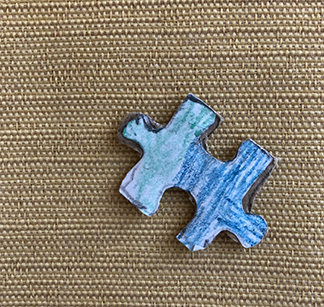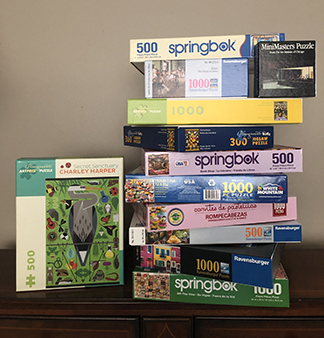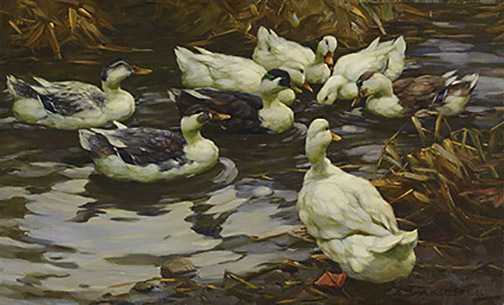I’m sentimental and require numerous drawers, totes, and boxes to archive memorabilia. My jewelry box accumulates tiny treasures – my children’s notes, their priceless and diminutive creations, and a highly prized marble given to me, years ago, as a get-well gift . . . with the caveat that I always cherish it and keep it safe.
I recently hunted in my jewelry box for a unique jigsaw puzzle piece, designed and decorated by my daughter when she was 7 years old. At the time, the thousand-piece puzzle under construction in the family room actually contained only 999 pieces, courtesy of our basset hound’s surreptitiousness. My compassionate daughter remedied the situation with her carefully crafted cardboard surrogate, which completed the puzzle and restored the dog’s good standing.

Traditional jigsaw puzzles are brilliant in their simplicity and gratification delivery. Many households have puzzle stockpiles pressed into service when the weather is dreary, family members want to connect, someone is convalescing, or as mental sorbet in stressful times. Not surprisingly, jigsaw puzzle sales have soared during the pandemic.

Pithy articles analyze the psychology inherent in jigsaw puzzle building, beginning with the rudimentary wooden shapes of preschool puzzles through the visuospatial memory benefits for older people.
It’s fascinating to observe the various ways people approach an unboxed jigsaw puzzle. Do you methodically turn each piece face up before beginning assembly? Do you segregate edge pieces, sort by color, begin framing with all edge pieces, or look for the most easily identifiable elements for the initial piece placement?
The Woodson Art Museum’s Art Park jigsaw puzzle activity – temporarily removed as a Covid precaution – is a favorite multigenerational staple. I’ve often delighted in watching an older visitor coach a younger companion in a preferred jigsaw “approach.” The Museum continues in this spirit each Friday on social media with a link to an online jigsaw puzzle, created from a collection artwork image, and available anytime at https://www.lywam.org/learn-do/jigsaw-puzzles-online/. These online puzzles offer set-up options: to modify the number of pieces from as few as six to several hundred, to make pieces rotatable, or invite a friend or family member to join you virtually.
The earliest jigsaw puzzles provided no reference images and were created to teach geography. The Museum’s online puzzles, offered for fun and remote interaction, celebrate collection artwork.
I find jigsaw puzzle building to be satisfying and quite poetic; the solution is present in the problem. You have all the needed pieces; just choose the position of each piece and build progressively toward a resolution.
Or not.
My family no longer feels burdened by the artificial pressure of completing the task. Today, if the canine family member stole a puzzle piece for barter, I’m not sure we’d bat an eye. We could, though, make new memories while together or apart via the Museum’s online puzzles.





